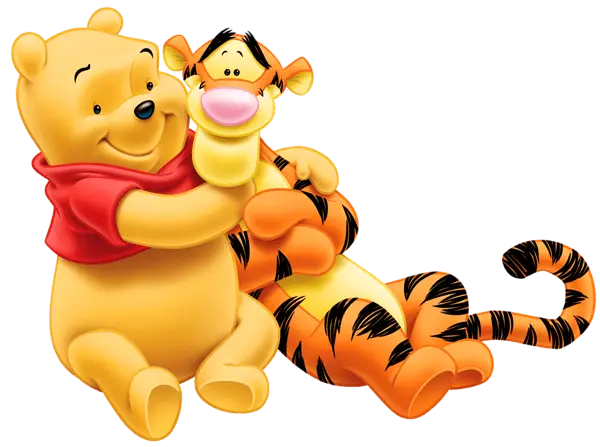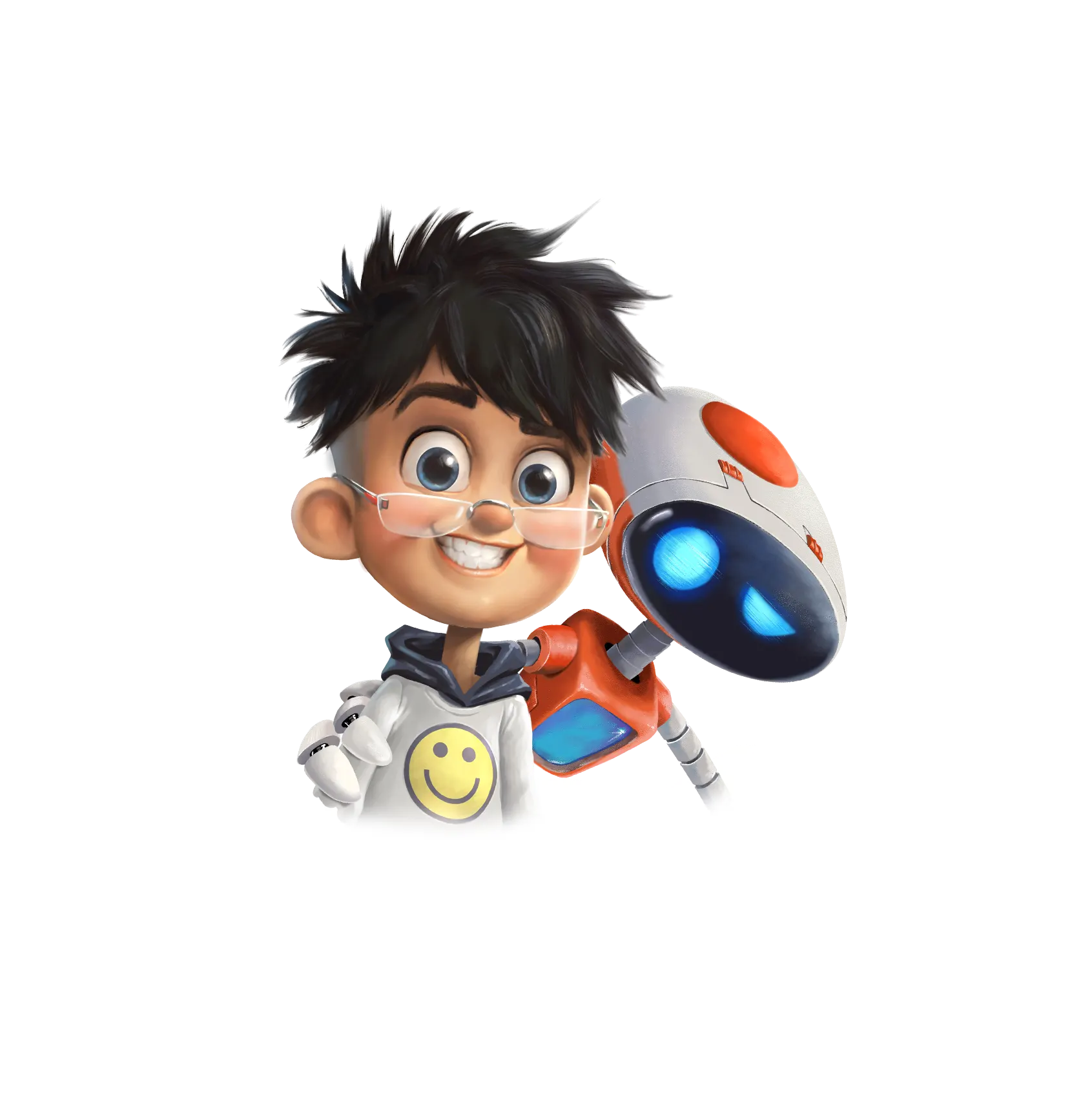The easiest way to make kids love and enjoy reading is by using illustrations. You might have noticed that old-age books such as the Bible have lots of illustrations, which is an effective way to capture the attention of the readers. Illustration implies highlighting a particular point so that the learner can easily understand the meaning without having to read a lot of text. Note that illustration is different from drawings, sketches, and other forms of art. But why is an illustration so vital when it comes to children’s books?
Motivation to Read
For you to get your kids to read, you have to motivate them. The easiest and most effective way to do this is by providing colorful illustrations. Remember that kids are not too much into the storyline, but would want to see more illustrations as they flip page after page.
Strengthens Visual Thinking
When a kid is flipping through a book full of pictures they will be able to connect with those pictures. They will develop a skill where they can see an image and think to come up with the concept being conveyed by the illustration.
Strengthens Listening Skills
A book full of pictures and other forms of illustrations helps kids not just connect with the pictures, but also be good listeners. This is achieved by one individual reading the book aloud, while others listen keenly.
Effective Learning Tools
Schools all over the world understand and are constantly utilizing the power of illustrations and are constantly using it as an effective learning tool. Illustrations have a way of introducing new ideas to kids in a way that no teacher can. Things such as fruits, vegetables, or even animals get introduced to kids while still young, and in a very effective way.
Helps Kids Build Self-Control and Confidence
A kid reading a book full of pictures can determine when to pause, continue reading stop reading, and all that. This is not possible in the real world, where a set of rules controls everything. As such, the kids can develop special skills such as self-control and confidence when reading.
There is every reason why you need to introduce your kid to illustrative books as early as possible. Such books will sharpen your child’s way of thinking and will make him a star when it comes not just to class matters, but also to real-life issues as well.


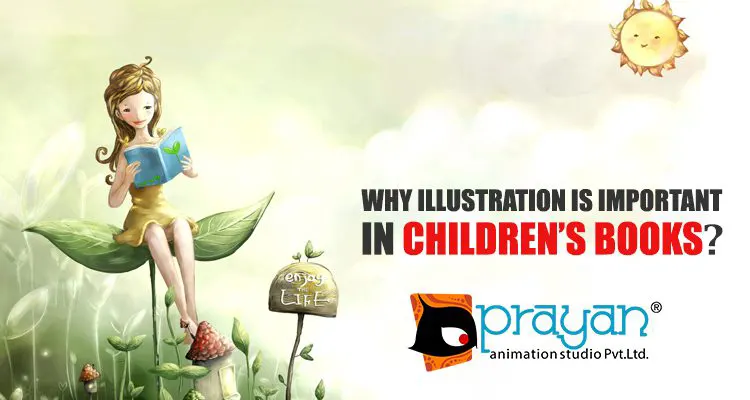
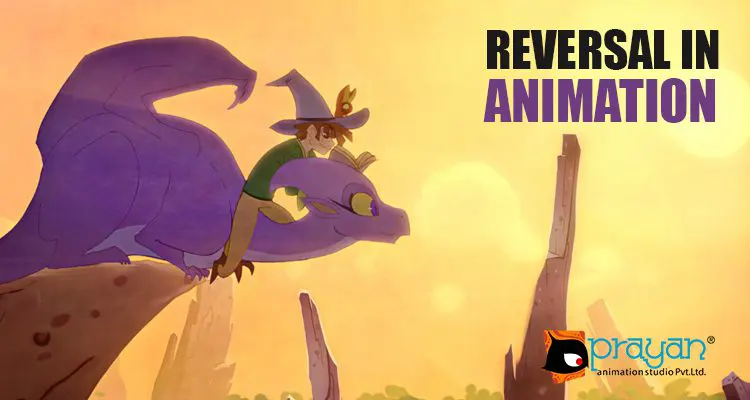
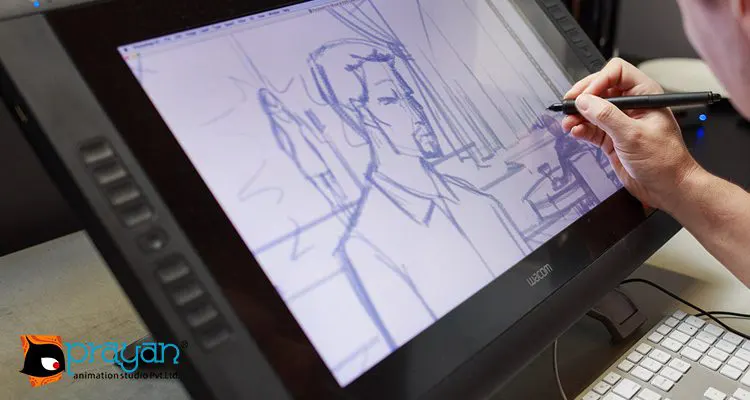
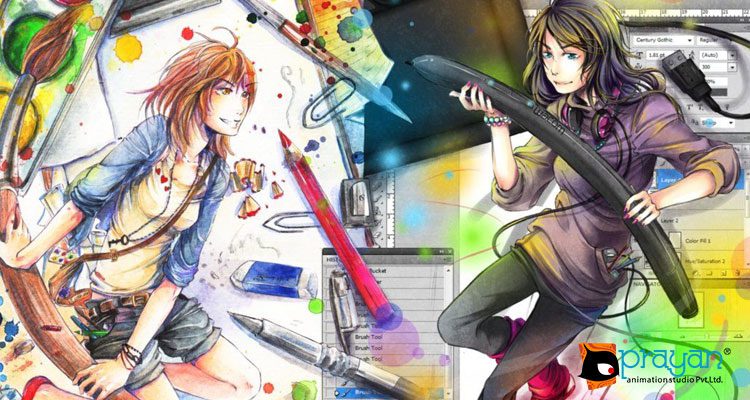
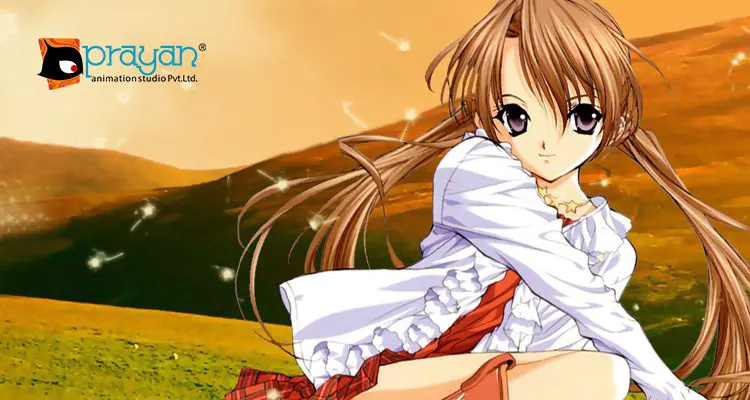
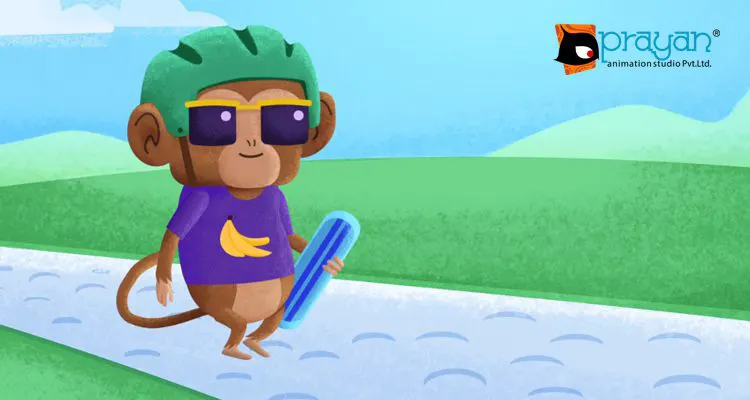
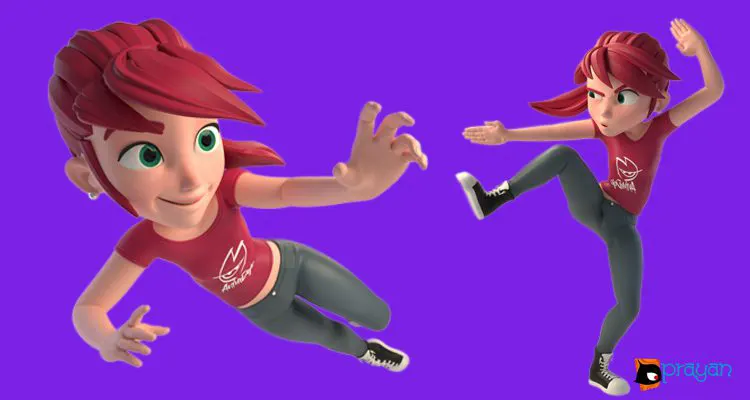
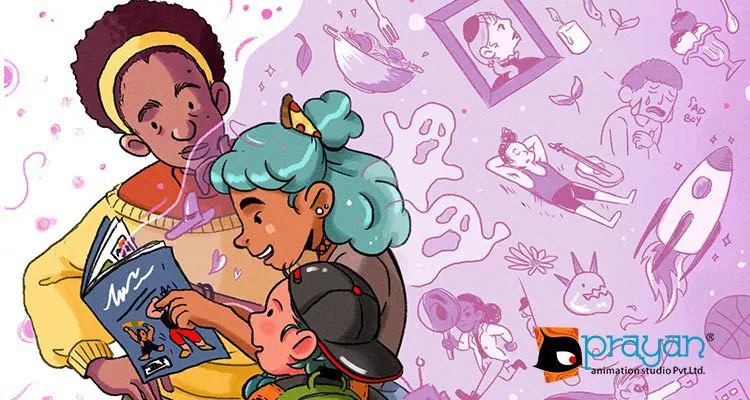
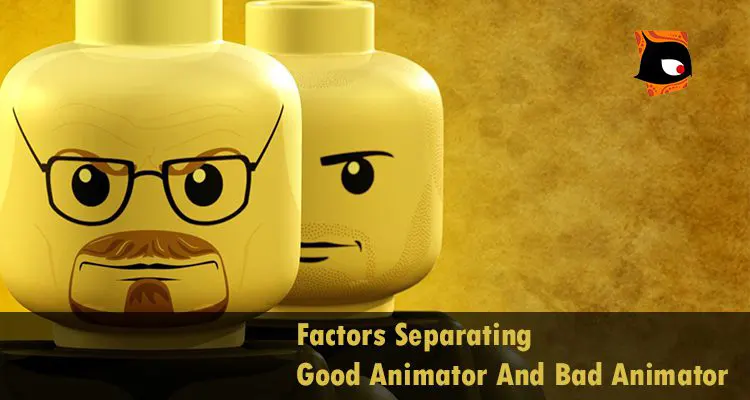

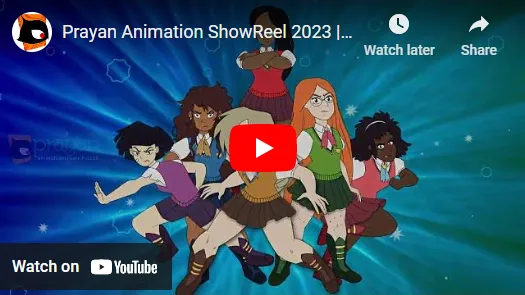
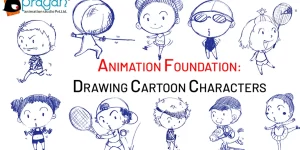



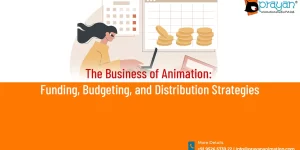

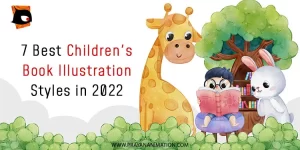


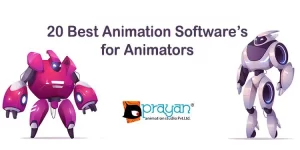
 We can help you.
We can help you. 

